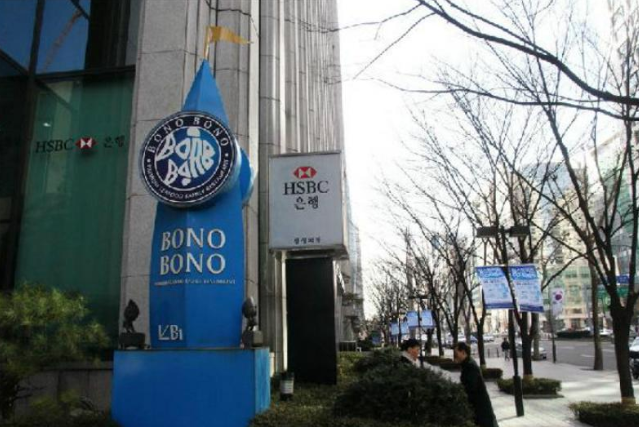Changing food attitudes in South Korea are pushing food firms rushing to release new salmon products.
Korea Bizwire reports that the rise of the home meal replacement (HMR) market in South Korea is driving the country’s food companies to come up with different ideas.
HMR
In July, SalmonBusiness reported that the Asian country was boosting imports while ramping up demand for new products.
In 2018, the largest buyers of Norwegian salmon in Asia, measured in volume, were Japan, Vietnam and South Korea.
“The salmon market in South Korea largely began in the 1990s when westernization and well-being trends led consumers to eat salmon at Japanese restaurants or other high-end vendors,” a food company official told the publication. “It was in the 2000s when salmon began to expand throughout family restaurants. The demand for fishery goods outside of the Pacific Ocean soared after the nuclear accident at Fukushima, Japan, leading to the rise in imports.”
Read more: South Korea to cooperate with North Korea on salmon farming project
Purchasing power
The publication reported that Dongwon Industries Co., one of South Korea’s largest seafood companies, had imported 7,000 tonnes of salmon last year, 19 per cent of SK’s entire salmon market.
“Dongwon Industries Co has been strengthening its purchasing power over the salmon market by closely working with some of the largest salmon suppliers overseas, and building a processing factory in Busan, where salmon is imported, for business-to-business (B2B) and business-to-consumer (B2C) processing and production,” the article wrote. The company plans to release smoked salmon to retail stores across the nation starting this month as well as its first business to consumer (B2C) chilled salmon products.
Salmon pizza
Another main player, Shinsegae Food began importing salmon in 2010. Last year it imported 1,659 tonnes of fish. It told the publication that it plans to reach 100 billion won (USD 89.2 million) in sales by 2023 by concentrating solely on the salmon business. The company plans on expanding its facilities by 2021 to increase daily production from three tonnes to five tonnes.
“We now have 20 available processing methods to match a more diverse range of cuisines,” said Shinsegae Food. The company introduced 10 kinds of salmon-based home meal replacements that can be used on salad, pasta, steak, and other food. “We are also offering salmon-based pasta and pizza at various outdoor restaurants including Vecchia & Nuovo and the Devil’s Door,” said Shinsegae Food. “We plan to develop B2B salmon products for sushi and grill, as well as salmon-based home meal replacements for ordinary consumers,” it added.
Last year, salmon sales grew in the country grew by 15.2 per cent according to South Korea’s Ministry of Oceans and Fisheries. Imports this year are expected to exceed 30,000 tonnes. The number has increased by 15 times since 1997 compared to when imports were 2000 tons.

